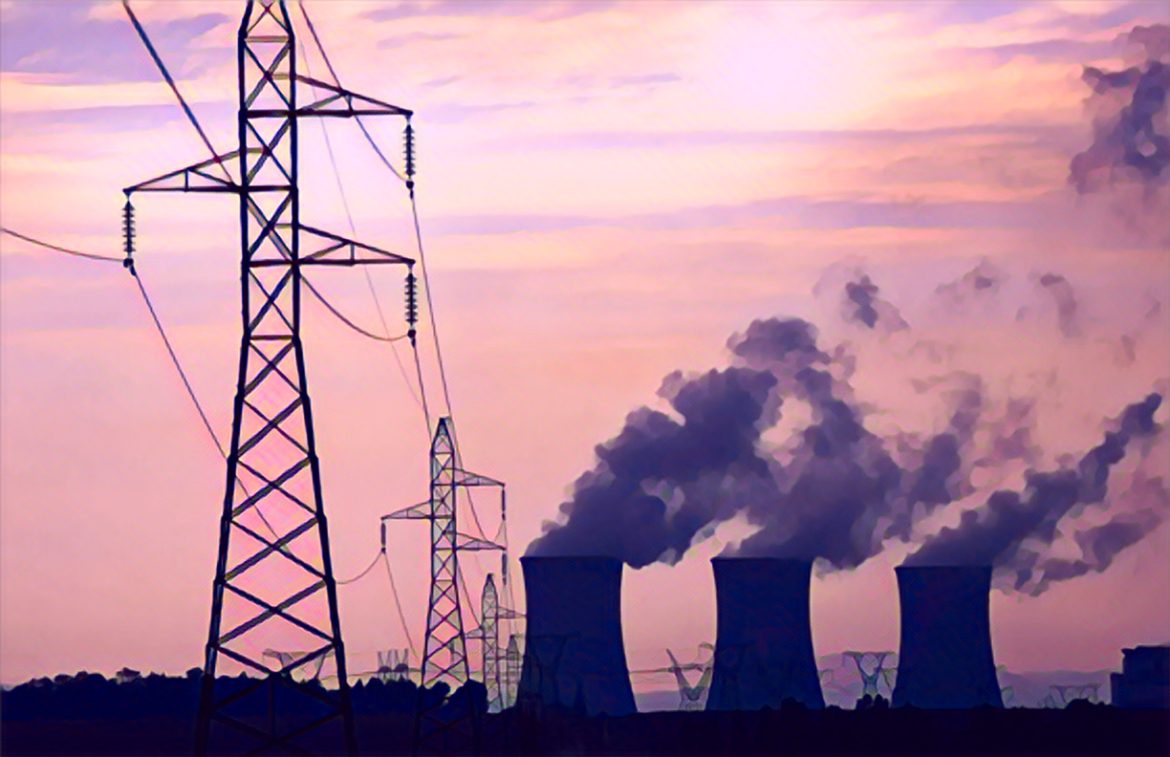KEY POINTS
- Zimbabwe’s reliance on aging infrastructure and hydropower exacerbates its energy crisis.
- Future energy needs are being met through the renewable power projects and power imports from neighboring countries.
- Technology and policy restructuring are major ingredients of an efficient energy plan.
For years now Zimbabwe has been faced with an acute power problem, characterized by daily power shortages and old power supplies.
As for these energy deficits they have not been in any way beneficial to industries, households, and the economy at large.
However, both the government and private institutions are not idle and are doing many things to try to solve the problem such as working to diversify energy supply, upgrade infrastructure, and hopefully increasing investment in renewable energy sources.
These have the general objective of achieving a sustainable energy future for the country.
Understanding the roots of Zimbabwe’s power crisis
The problems of limited generating capacities, obsolete facilities, low levels of investments, and overdependence on hydropower are the main causes of the power crisis in Zimbabwe.
Kariba Dam, which plays a significant role in generating power in the nation, has been functioning below its expected limit because of droughts, which subsequently lead to low water levels. This dependency on hydropower has put the country under pressure through climate variability.
Moreover, thermal power stations in Zimbabwe, including Hwange Thermal Power Station, also suffer from frequent breakdowns, as most of their equipment is old and rarely maintained.
In the ZESA Holdings’ report on the state of power supply in the country, the research unveiled that while the country can only generate an average of 1000 MW of electricity against a peak demand of 1700 MW, the country experiences large deficits.
Renewable energy and diversification efforts
In an effort to cope with those challenges, Zimbabwe is now looking at renewable energy as one of the solutions to power challenges.
The government introduced the National Renewable Energy Policy (NREP) in 2019 for the generation of 1,100 MW from renewable energy sources such as solar, wind, and biomass in 2025.
There are several planned and under-construction big solar plants, including Plumtree Solar Farm and Mberengwa Solar Plant, which are intended to provide additional power to the national grid and reliable lighting up underdeveloped regions.
Fossil fuel power generation has also been significantly contributed to by private sector investment, especially in renewable energy.
Some of the solar firms, including Distributed Power Africa (DPA), are providing clients with solar systems, hence relieving them from reliance on the grid.
The government has encouraged such measures by providing some tax exemptions as well as an opportunity for partnership between the public and private sectors.
Zimbabwe is also attempting to fill this energy deficit by purchasing power from its neighboring countries.
Supplements from South Africa’s Eskom and Mozambique’s Hidroeléctrica de Cahora Bassa (HCB) have supported improvements in the supply during the period of high demand.
However, these imports are rather expensive; that is why long-term energy solutions should be sought.
Challenges and the road ahead
However, there are still lots of issues on the way to achieving the goal. The challenge of funding is still strongly felt due to the fact that a large number of renewable energy projects entail high initial costs.
Also, prospective private investors may be turned off by bureaucratic bottlenecks and policies inconsistencies.
There is also a lack of information concerning available renewable energy choices that require enhancement to bolster use in the field.
Hence, for sustainable change and for the achievement of sustainable development, Zimbabwe needs to invest in upgrading infrastructure, streamlining energy policies, and harmonizing energy cooperation within the region.
Another method of reducing the impact of drought events is to advance the purchase of energy storage systems, including batteries for hydroelectric power plants.


